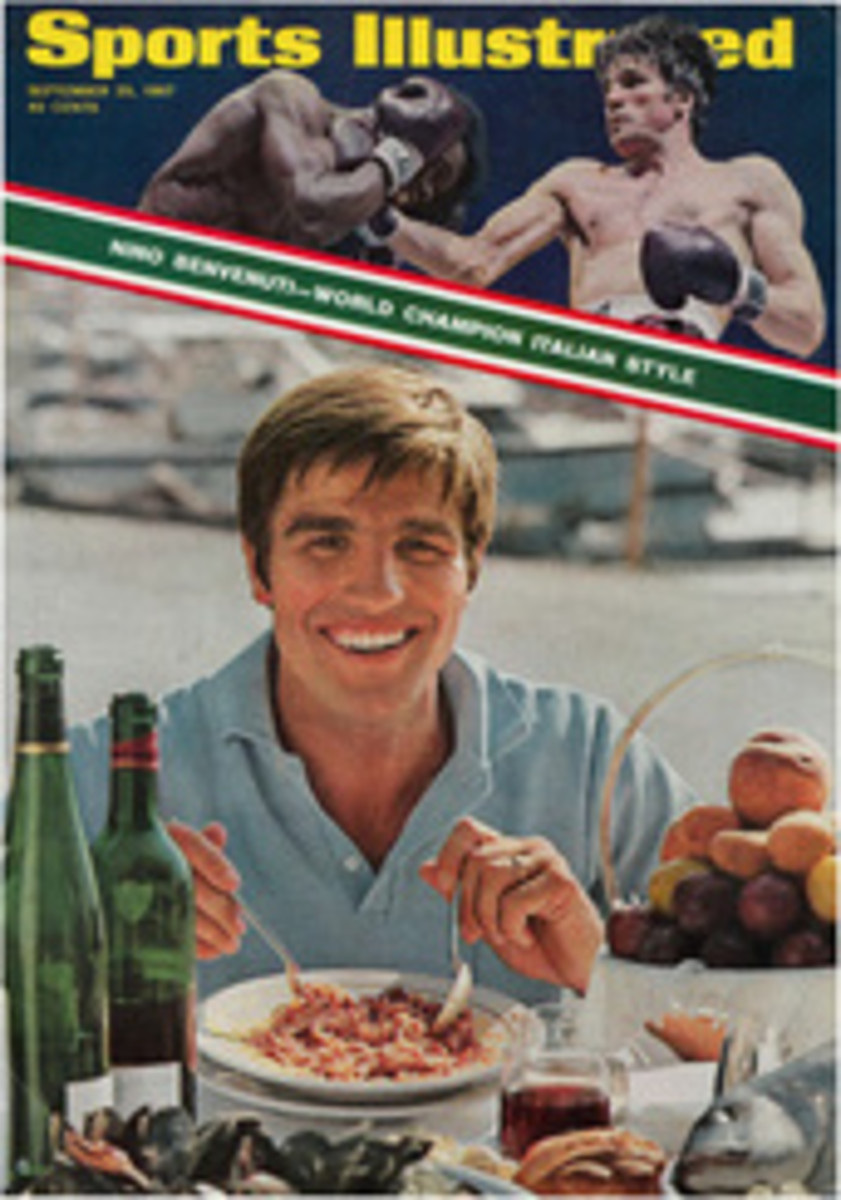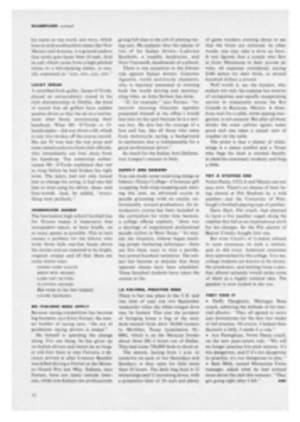
A former U.S. doubles champion looks at the national singles championships
In any sport, there is something indefinable that separates the champion from the pack he dominates. This is the primary theme of Tennis Observed, by Bill Talbert and Pete Axthelm (Barre Publishers, $12.50), a statistical and reminiscent study of the men who have won the U.S. national singles championship from 1881 to the present. Talbert, a veteran of many seasons at Forest Hills who recently was enshrined in the Tennis Hall of Fame, writes from first-hand experience. He has won over 30 national titles and was twice a men's singles finalist. Of the 43 title holders, Talbert has beaten 14 at one time or another and as a teen-ager served as ball boy for several others.
There are fascinating bits of memorabilia in his descriptions of all the champions and their tournaments, especially the earlier ones. In the first championship, for instance, held before a noisy and amused audience of eastern socialites at the Newport Casino, several of the players served underhand, so little had technique advanced. But winner Richard D. Sears dominated that competition (and six others) with a weapon straight from the modern era—the volley. And for 28 years, from 1884 to 1911, the defending champion was allowed, as Davis Cup holders are today, to sit out the preliminaries and play only a single match against the tourney winner for the overall title.
The book also contains the draw sheets of every national tournament, in itself a rather startling bit of sporting scholarship. The modern era presented no problems, but be-fore-the-turn-of-the-century records were sketchy at best. "The Hall of Fame at Newport was helpful," says Talbert, "as was The New York Times and other papers. But in many instances I had to sit down and make up a draw of my own from day-to-day newspaper accounts."
Talbert doesn't hesitate in singling out Bill Tilden as the game's greatest champion. "Tilden was such a magnificent athlete he would have adjusted to any style," Talbert says. "We lesser players always ask nervously about an opponent, 'What's his weakness?' Tilden attacked an opponent's strength and won. He would have been a champion in any era."
Whether it is the tenacity of a Bobby Riggs, the electric flair of Pancho Gonzalez or the superb all-court ability of a Kramer, it is obvious that the champions have something different. No U.S. player has won the championship of his own nation since Tony Trabert took the title in 1955. If our current juniors study this book they might possibly get a better idea of how the game should be approached.

